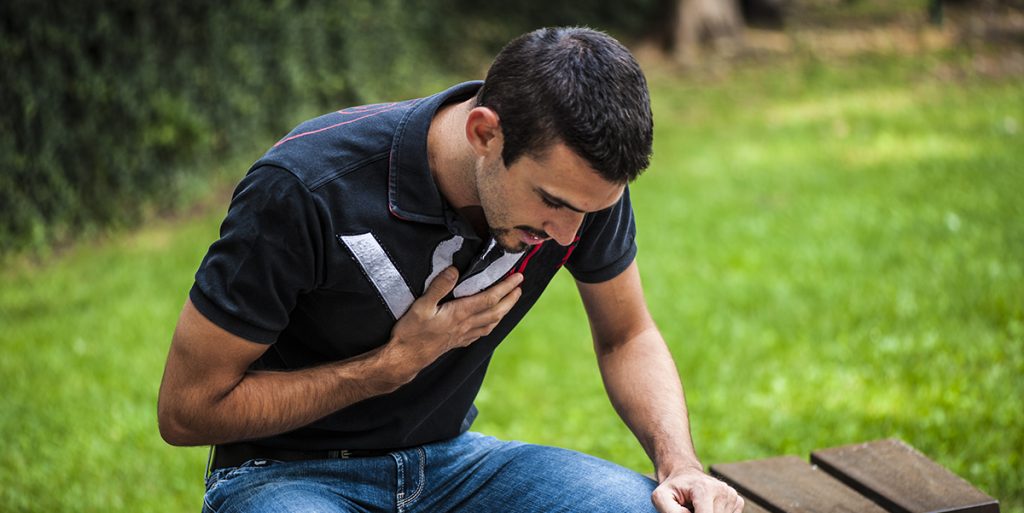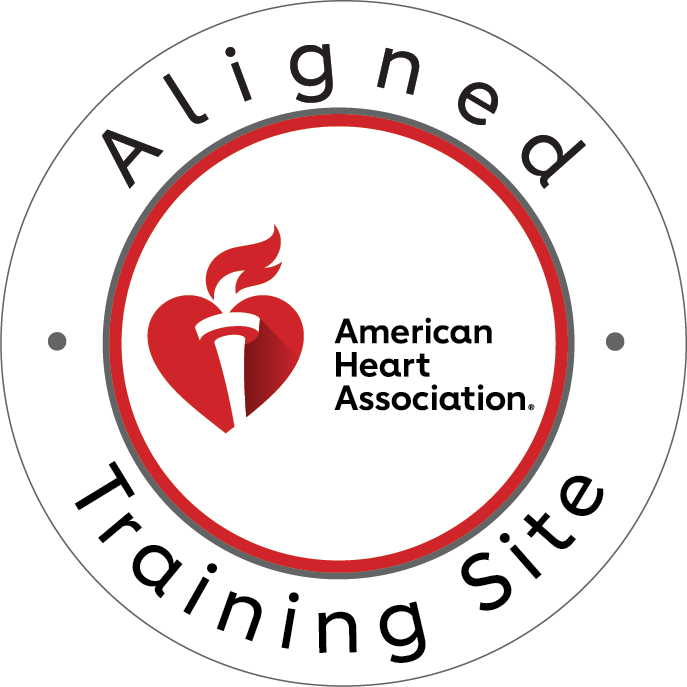Introduction
Cardiac arrest is a life-threatening emergency that can strike unexpectedly, often leading to fatal consequences if immediate action is not taken. Cardiopulmonary resuscitation (CPR) is a critical lifesaving technique that significantly improves survival rates in cardiac arrest cases. By maintaining blood circulation and oxygen flow to vital organs until professional medical help arrives, CPR can mean the difference between life and death.

Understanding Cardiac Arrest and Its Dangers
Cardiac arrest occurs when the heart suddenly stops beating effectively, leading to a lack of blood flow to the brain and other essential organs. Unlike a heart attack, which is caused by a blockage in the arteries, cardiac arrest is often due to electrical disturbances in the heart’s rhythm. Without immediate intervention, death can occur within minutes.
Key Statistics on Cardiac Arrest
- Over 350,000 out-of-hospital cardiac arrests (OHCA) occur annually in the United States.
- Approximately 90% of OHCA cases are fatal without immediate intervention.
- CPR, when administered immediately, can double or even triple survival chances.
How CPR Improves Survival Rates in Cardiac Arrest Cases
Restoring Blood Circulation
One of the primary ways CPR improves survival rates in cardiac arrest cases is by maintaining blood circulation. Chest compressions help pump oxygenated blood to vital organs, preventing brain damage and keeping the heart primed for defibrillation.
Enhancing Oxygen Supply to the Brain
When the heart stops, the brain is deprived of oxygen, leading to irreversible damage within minutes. CPR helps sustain oxygen flow, buying critical time until medical responders arrive with advanced care.
Increasing the Effectiveness of Defibrillation
Many cardiac arrests occur due to ventricular fibrillation, a condition that requires defibrillation to restore normal heart rhythm. CPR helps maintain circulation, increasing the likelihood that a defibrillator will be effective in restoring a normal heartbeat.
Bystander CPR: A Crucial Factor in Survival
Bystander intervention plays a crucial role in improving survival rates. Studies show that victims who receive immediate CPR from bystanders have significantly higher survival rates compared to those who do not.
Steps to Perform CPR Correctly
- Check Responsiveness and Call 911 – Ensure the victim is unresponsive and call emergency services immediately.
- Begin Chest Compressions – Place hands in the center of the chest and push hard and fast at a rate of 100-120 compressions per minute.
- Rescue Breaths (If Trained) – Provide two breaths after every 30 compressions to maintain oxygen flow.
- Continue CPR Until Help Arrives – Keep performing CPR until emergency personnel arrive or the victim regains consciousness.
How CPR Improves Survival Rates in Different Scenarios
CPR in the Workplace
Workplaces with trained CPR responders report higher survival rates in cardiac emergencies. Implementing CPR training in corporate environments ensures that employees are prepared to act quickly in emergencies.
CPR in Schools and Public Spaces
Many states now require CPR training in schools, recognizing the importance of equipping young people with lifesaving skills. Public places with automated external defibrillators (AEDs) and trained individuals also see increased survival rates.
CPR for Healthcare Providers
Healthcare professionals trained in advanced CPR techniques contribute significantly to patient survival rates. Certifications such as Basic Life Support (BLS), Advanced Cardiac Life Support (ACLS), and Pediatric Advanced Life Support (PALS) provide healthcare workers with the skills necessary to respond effectively to cardiac arrest cases.
How to Get Certified in CPR and Save Lives
The best way to ensure you are prepared to save a life is by obtaining CPR certification. Training courses teach essential lifesaving skills and provide hands-on experience to build confidence in performing CPR correctly.
Get Your CPR Certification in St. Louis
At CPR St. Louis, we offer American Heart Association-certified courses, including BLS, ACLS, PALS, and CPR and First Aid training. Our stress-free, hands-on classes ensure that you gain the confidence and skills needed to respond to cardiac emergencies effectively. Whether you are seeking an initial certification or a renewal, CPR St. Louis provides the best CPR training in St. Louis.
Sign Up Today!
Don’t wait until an emergency happens—be prepared to save a life. Enroll in CPR certification St. Louis today and become a certified lifesaver. Visit our website or call us to register for a course now!
Conclusion
CPR is a crucial skill that significantly improves survival rates in cardiac arrest cases. Whether in the workplace, school, or public spaces, immediate bystander intervention can be the deciding factor between life and death. Get certified today with CPR St. Louis and join the mission to save lives.




